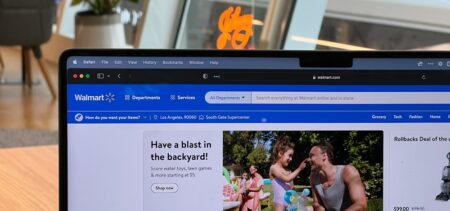Google and Apple turn to app indexing, Node.js and io.js bury the hatchet, The New York Times’ mobile-first “experiment” and more
Each week we round up the top news stories, think pieces and other content that centers on the fast-paced, quickly changing world of mobile technology. We tell you which companies are employing clever mobile strategies, illuminate new ways of thinking about mobile and offer a peek at meaningful trends in the industry. This content is designed to inspire you and your company to take advantage of the many benefits mobile can offer.
Google and Apple Turn to App Indexing for Better Search
Google and Apple are working to improve search functionality within Google Play and the App Store by implementing app indexing. This allows developers to share app content with Google and Apple in order to produce search results that are more accurate and more specific. Allowing search to have access to content within apps, users looking for a recipe app in order to cook spaghetti will be able to search “spaghetti recipe” and receive results from recipe apps that contain that content.
While both Google and Apple are turning to indexing to improve the way we search for apps, the two companies are taking different approaches to implementation. Google will make all app content discoverable unless a developer tags it with a “noindex.xml” tag, while Apple plans to make all content private unless a developer adds an “eligibleForPublicIndexing” variable. Google’s method will make indexing easy to implement for developers (as well as power Google’s search engine), while Apple’s method – though requiring more work – may result in a better user experience.
The New York Times Conducts a Mobile “Experiment
Last week, The New York Times sent an internal memo informing employees that access to its desktop homepage would be temporarily blocked within their headquarters. Anyone in the building who attempts to access nytimes.com via desktop will receive a message directing them to view the homepage from a phone or tablet. The experiment was meant to reinforce to staff (and onlookers) that mobile should be top of mind and core to daily operations because more than half of The Times’ traffic is now on mobile.
Node.js and io.js Merging Codebases to Form “Node Foundation”
Following the creation of offshoot framework io.js earlier this year, the Linux Foundation announced that Node.js and io.js will merge codebases to form the “Node Foundation.” The new foundation is meant to create a neutral structure to serve community needs for the rapidly growing Node.js platform. The open governance foundation will allow for public contribution to the roadmap. This combining of forces is great news for developers and organizations as it provides a clear path forward and the promise of faster advancement of the framework.
Study Shows Impact of Mobilegeddon on Top Search Results
In April, Google rolled out a tweak to its search algorithm nicknamed “Mobilegeddon.” The change means Google search results now favor mobile-friendly websites. The result? According to a Stone Temple Consulting (STC) study, nearly 50 percent of non-mobile friendly URLs dropped in rank. Pulling the top 10 search results for 15,235 search queries the week prior to Mobilegeddon’s rollout and then the top 10 search results for the same queries following implementation, STC found that 46.6 percent of non-mobile friendly URLs dropped in the ranks, while 30.1 percent of mobile-friendly URLs moved up.
Starbucks Mobile Ordering Now Available in Over 4,000 Store Locations
Mobile leader Starbucks announced the expansion of its “Mobile Order & Pay” system which allows customers to order from their app and skip the line in the store. This brings the total number of supporting stores to 4,000 across more than 21 states. Incorporated into the company’s pre-existing technology stack, Starbucks originally launched its “Mobile Order & Pay” functionality in December as a pilot program only available in Portland. Program success has spurred further expansion and Starbucks says it plans to make the mobile ordering system available in all company-operated stores this year.






























